What is a Coriander Seed & How does it taste like?
What is a Coriander Seed?
The coriander herb is a noble plant, it is used worldwide, and it’s hard to substitute. There’s something quite special about the coriander leaves, stalks and seeds, and our food would simply not be the same without it.
When it comes to coriander, there’s some confusion. There’re the leaves, and then there’re the seeds. Some people call it cilantro and others coriander. How is it used? Is it good for you? And why do some people dislike it?
Here’s what is coriander seed, coriander leaves, and every other question about coriander answered. Read on, and you’ll be a coriander expert in no time.
What is Coriander?
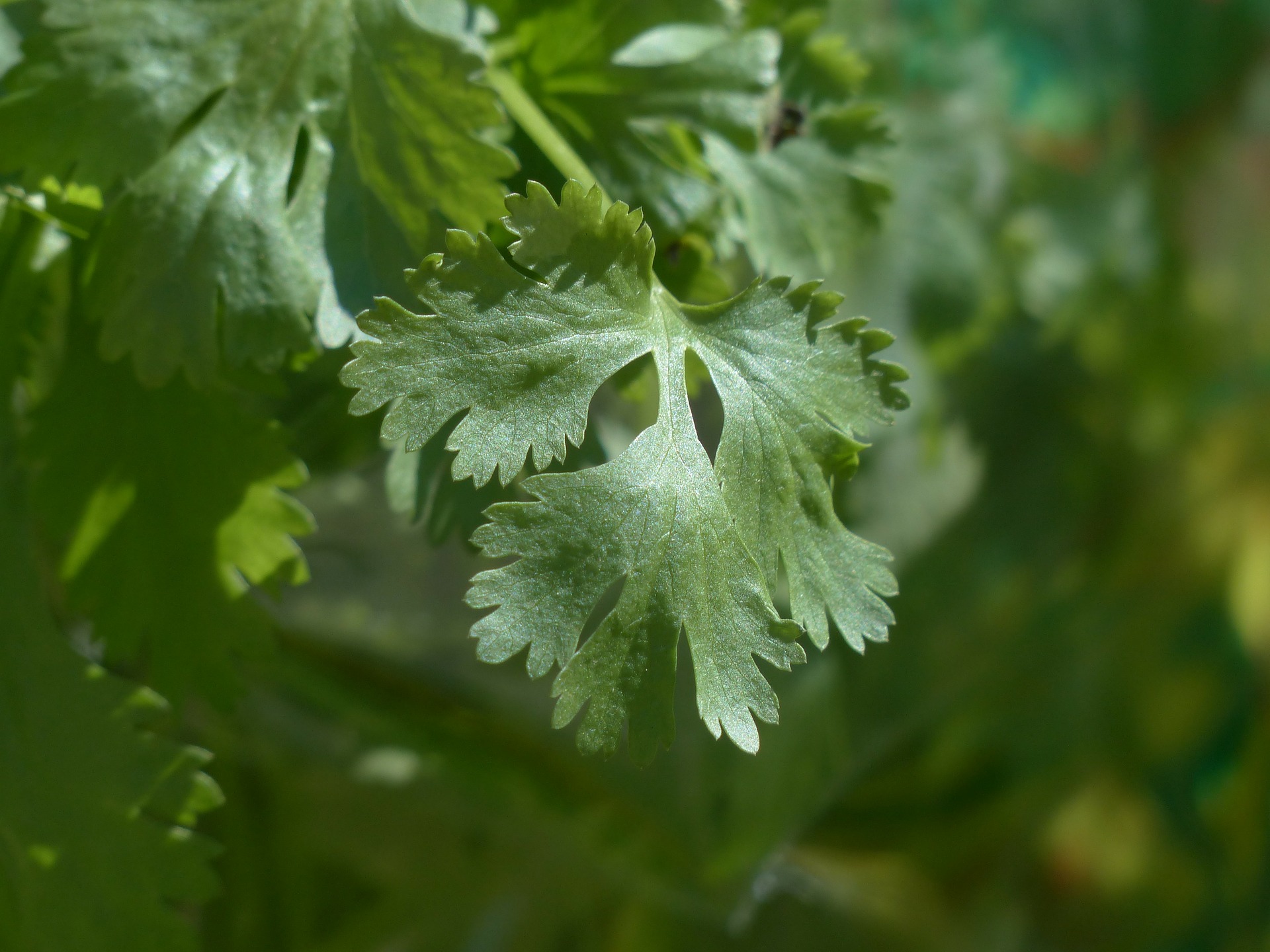
Coriander is an annual edible herb, and it goes by the name of cilantro too. All parts of the plant, the seeds, stems and leaves are edible and have distinct flavors and aromas. The enticing profile makes the plant quite prized in countries around America, Asia, Africa and Europe.
There’s no easy way of pinpointing the origin of the ubiquitous herb; it grows in the wild in North America, Southern Europe and Southern Asia. It doesn’t matter where it comes from, because today, both coriander seeds and coriander leaves are widely available worldwide.
How does coriander taste like? Because of the terpenes linalool and pinene, coriander leaves taste minty and citrusy, while the seeds taste warm, spicy, nutty.
How are coriander leaves used?
Coriander leaves are better enjoyed when fresh, and they add peculiar citrus, earthy and fresh aromas to food. Although hard to describe, the aromas in coriander leaves are instantly recognizable.
There are many uses for coriander leaves, but here are some of the most famous dishes containing the herb. In Asia, the Vietnamese pho and bahn mi, the Thai green papaya salad, the tom yum soup and curries. And Indonesian soups and broths.
In Africa, coriander leaves are better represented in the Moroccan tajines. In America, the Mexican guacamole and most taco salsas include coriander leaves. The Peruvian ceviche considers coriander leaves a critical ingredient, too.
The dried leaves are one of the key ingredients in the famous French bouquet garni, and this is just the peak of the iceberg. Coriander leaves are one of the most used cooking herbs on earth.
How are coriander seeds used?
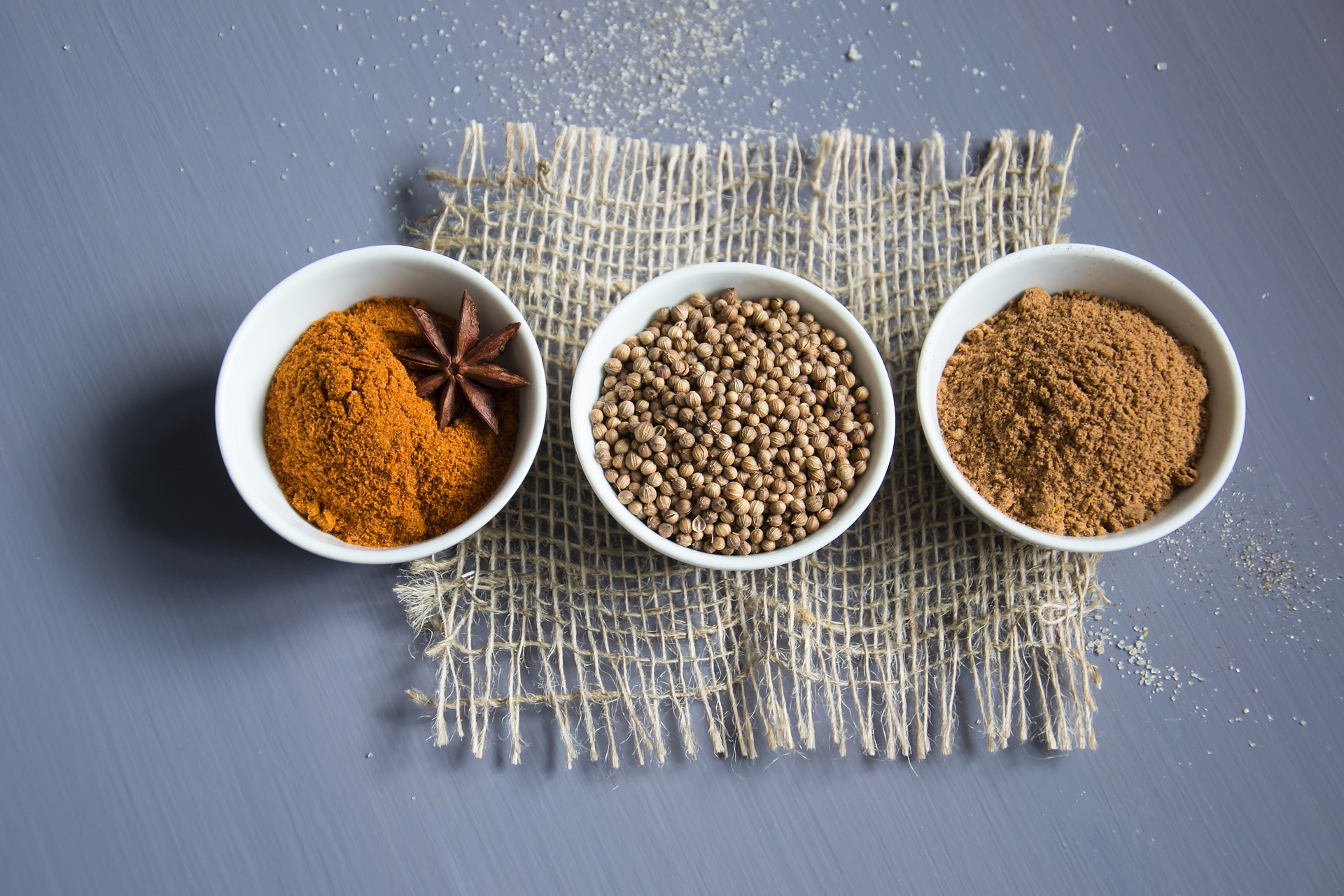
Coriander seeds are as widely used as the plant’s leaves, but they have a distinct profile, they’re spicy, nutty and earthy.
Often used in powdered form, coriander seeds are a critical ingredient in the Indian spice repertoire and are one of the major ingredients in the garam masala and Indian curries. The traditional lentil dish sambhar and the chutney-like rasam sauce depend on the seed’s flavor as well.
The Chinese add the spice to their food too, mainly to intensely flavored concoctions Sichuan-style, and in beef of lamb slow-cooked stews.
In the west, coriander seeds are widely used in pickles, and they’re also used to flavor wheat beers in Germany and Belgium. Coriander seeds have made their way into bread and baking treats as well.
What’s the difference between coriander and cilantro?
There’s a big debate regarding the difference between two terms, coriander and cilantro, despite being both the same plant.
Cilantro is a term used mostly in Spanish-speaking countries for the coriander leaves. The seeds in these countries are simply called cilantro seeds. Internationally, coriander is an accepted term for coriander leaves, and the seeds are called coriander seeds.
Although confusing, we’re talking about the same product. Whenever you see a recipe calling for either coriander of cilantro, make sure you double-check if it calls for the seeds or the leaves and stalks.
Why do some people dislike coriander?
We all like different things, and some people dislike the flavor in coriander in the same way other people dislike mustard. There are, though, people that can’t stand it, and it’s not because of their taste preferences but for their genetics.
According to the Britannica Encyclopedia, a genetic variation in a group of genes in charge of how we perceive aromas allows certain people to perceive compounds in the plant, mainly aldehydes, as soap or cleaning products, and no one wants to eat that.
Coriander Health Benefits
Both coriander leaves and seeds are related to various health benefits, including:
- Anti-inflammatory properties. Thanks to the high levels of antioxidants in the herb.
- Heart disease risk reduction. Studies have proven that consuming coriander in its various forms can reduce blood clot formation and promote strong, healthy arteries.
- Lower blood sugar levels. Interestingly, consuming coriander seeds and cilantro leaves can promote the activity of enzymes that break down sugar.
- Antimicrobial properties. Recent studies show coriander seeds could help fight infections, mainly on the urinary tract, thanks to the herb’s antibacterial compounds.
Coriander Nutritional Value
Coriander leaves have a high amount of vitamins A, C and K. 10 grams of the leaves and stems will add 13.5% of vitamin A, relative to your recommended daily intake, 4.5% of vitamin C and a staggering 38.8% for vitamin K.
Coriander seeds have much fewer vitamins, but they add 16.8% of the dietary fiber you need for the day and a hefty dose of minerals, including iron, manganese, magnesium, calcium, copper and phosphorus amongst others.
Let’s give coriander some love!
Whether you call it coriander or cilantro, no matter if you cook with the leaves or the seeds, the coriander plant is awesome and can give an extra dimension to your food.
Get yourself a few fistfuls of coriander seeds and get cooking, because there are fewer ways of making your food so tasty with such ease, unless it tastes like soap to you.
You can shop from our curated list of coriander spice here
Highly Rated – Social Media Chatter on Ghost Pepper
Made to take you places, the original cross trainer from '87 now lets you cross between uptown and downtown without a glitch.
The Nike Air Trainer 1 SP 'Coriander' releases next Friday, 2/11. Link in bio to enter the draw.
#nike #niketrainers #airtrainer #coriander #sneakerhead #nikes #sneakerpolitics
taropongurume
神保町【馬子禄 牛肉面】
以前から評判を聞いて気になっていた、蘭州ラーメンを食べに行って来た🐧
■蘭州牛肉面(ランシュウギュウニクメン)950円
メニューは、蘭州牛肉面とちょっとしたサイドメニューのみ。
まずは、レジでメニューを決めて先払い。
麺はなんと、極細麺・細麺・中太麺・太麺・平麺・太めの平麺・極太の平麺・三角麺・太めの三角麺の9種類から選べる👀
一番人気が細麺とのことなので、初めてのたろぽんは細麺にした。
10分ほどで運ばれてきた。
表面には、辣油、パクチー、ネギ、薄切り牛チャーシューが浮かぶシンプルなつくり。
牛骨スープは、牛のお出汁に薬膳ぽさやスパイスが合わさった味わいで、意外とイケる。
ラー油を混ぜるとピリ辛味に変化して、じんわりと汗が出てくる。
スープは、飲み続けると結構クセになる美味しさで箸が止まらない🤤
程よくムチムチしたストレート麺もスープとよく合い、ずるずるいける。
個人的にすごく好きなので、今度はまた別の麺も食べてみたい。
──────────
たろぽんグルメ🐧
主に東京のグルメを厳選して紹介しています。
他の投稿もよかったら見に来てくださいね✨
taropongurume
──────────
#馬子禄 #蘭州ラーメン #牛肉面 #牛肉麺 #牛肉ラーメン #マーズルー #薬膳スープ #パクチー #パクチーラーメン #エスニック #エスニックラーメン #ラーメン #神保町 #神保町グルメ #神保町ランチ #神保町ラーメン #東京 #東京ラーメン #東京グルメ #jinbocho #tokyo #ramen #coriander
Pizza Hut Japan reintroduced its uniquely popular “Too Much Coriander” pizza, with the chain promising to add even more cilantro to put on top.
To satiate extreme cilantro lovers, Pizza Hut Japan also released an “upgraded” version of the cilantro pizza with 200% more toppings, dubbed “Pakuchi Sugite Kusa Koete Mori” or “The Forest Beyond Too Much Coriander Herb” in English.
Fans who have been waiting for the cilantro pizza’s return since it first came out in 2023 were delighted by the news, with one Instagram user commenting, “I’ve been waiting for this for a long time.”
🍕Learn more about Pizza Hut Japan’s cilantro pizza in the full article on our website in our linkinbio
💬Comment “email” to sign up to our daily newsletter.
📰Follow us for the latest Asian News NextShark
#news #pizzahut #japan #pizzahutjapan #cilatro #pizza #coriander
Sources:
- https://www.bbcgoodfood.com/glossary/coriander-seed-glossary
- https://www.thespruceeats.com/cilantro-vs-coriander-695294
- https://www.healthline.com/nutrition/coriander-benefits
- https://en.wikipedia.org/wiki/Coriander
- https://www.tastingtable.com/cook/national/coriander-whole-ground-substitute-uses
- https://www.healthline.com/nutrition/cilantro-vs-coriander
- https://www.britannica.com/story/why-does-cilantro-taste-like-soap-to-some-people

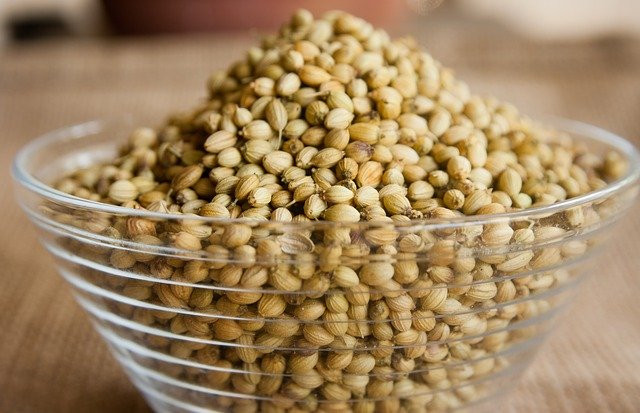

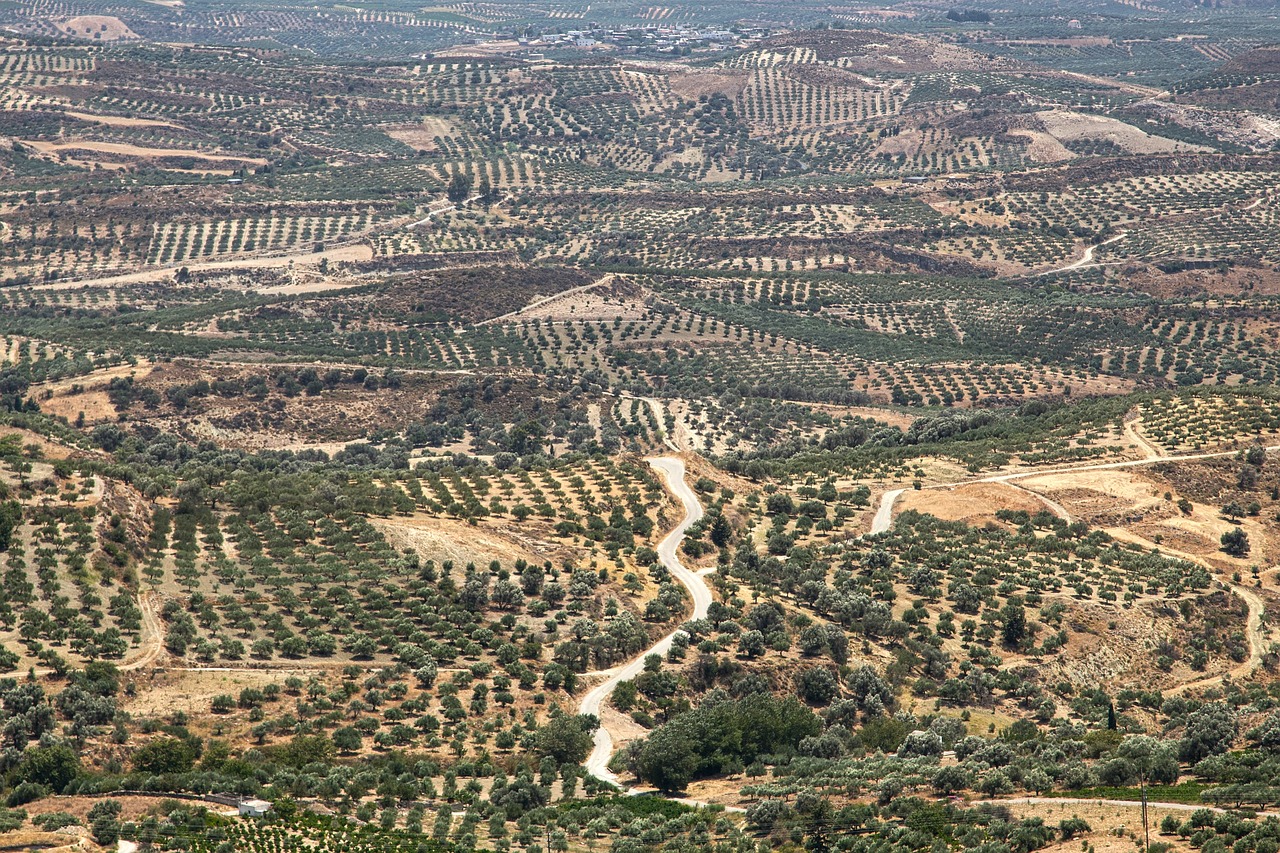
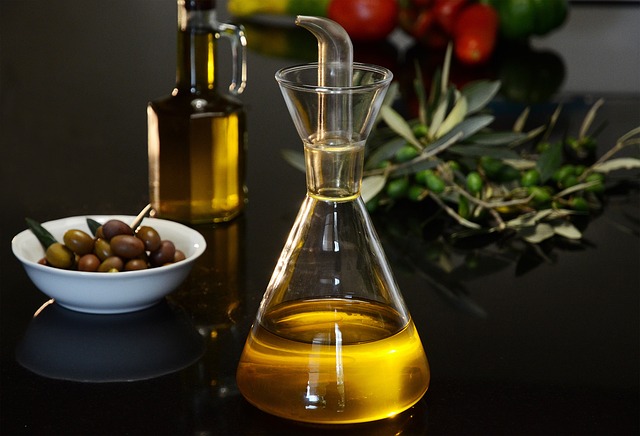
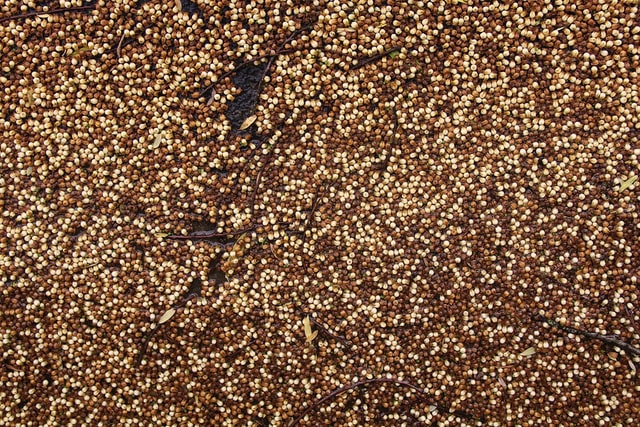
Hi,
Thanks so very much for an intriguing article! 😊
I am a big fan of plants! This is really an interesting edible plant!
I wonder if it’s not used for brewing beverages of any sort, anywhere in the world?
Thanks for the explanation about some people being intolerant of the leaves of the coriander. One person’s food, is another person’s poison indeed! There are people who just cannot tolerate foods that have a pungent or strong taste. These people face being labelled as snobbish, etc, when indeed their chemistry doesn’t match that of the plant that they have an aversion to!
Congratulations and best wishes!
Thank you much, Teboho
Well for a start, I found this to be quite great to know of. Interestingly, the fact that corlander seed is such a great blend for a lot of usage and I do not have the slightest knowledge of it until I read this post is quite amazing. Wow! Really interesting here and I must say I value this a lot. Surely must be my go-to henceforth
Thankyou much, Nath